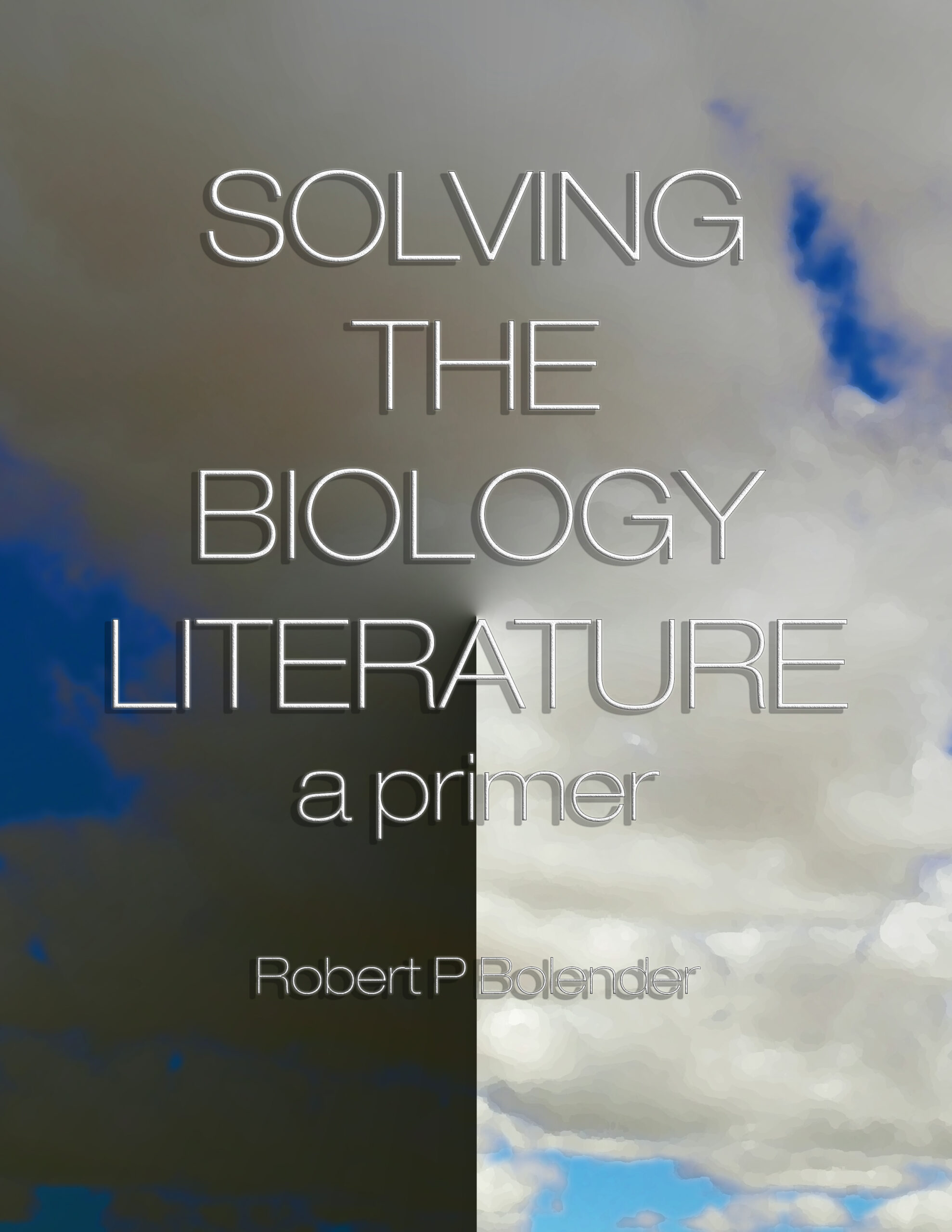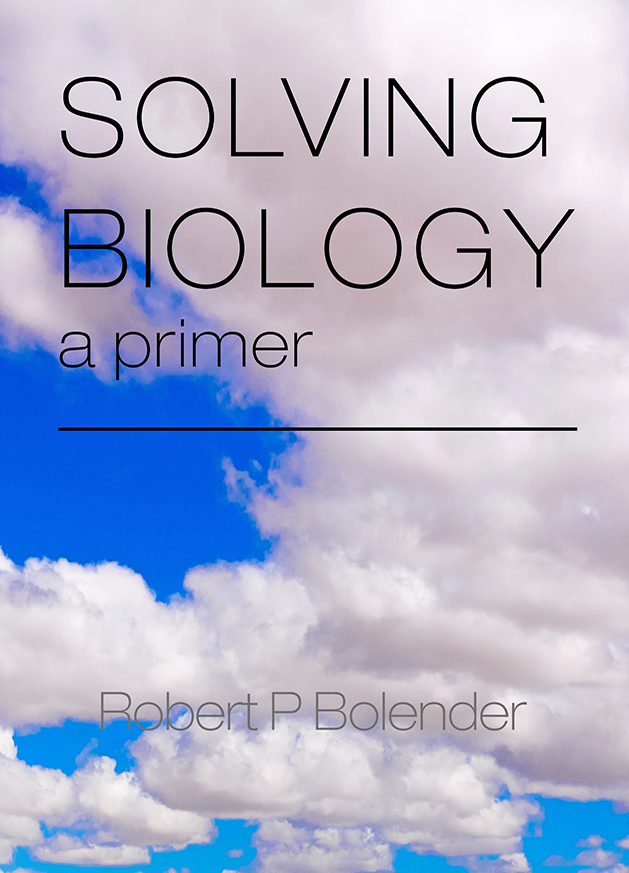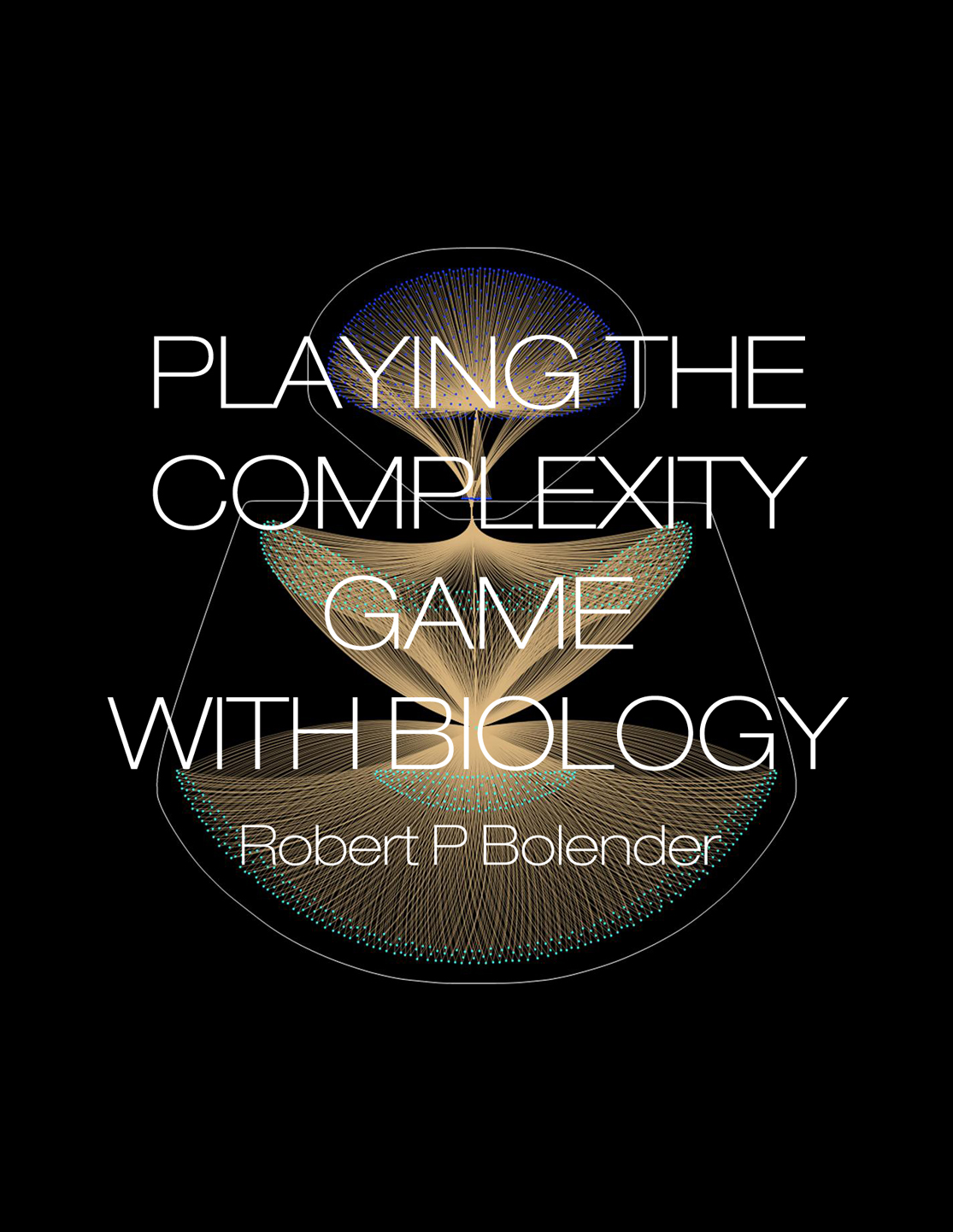BIOLOGY→DATA→RULES→FIRST PRINCIPLES→MATH→SOLUTIONS
eBook 3 (2025)
Why solve the biology literature? To derive biology from rules and first principles empirically, we need access to substantial amounts of reliable data. By updating published data, we can return simplified data to their original complexity, distinguish between changes coming from cells and methods, duplicate the way cells change by forward and reverse engineering phenotypes, and show that cells change by redefining relationships of structure to function. We solve the biology literature to reproduce the way cells change.
eBook 2 (2019)
Solving biology is an exercise in solving complexities by creating complexities. The process consists of using published data to create complexities parallel to the ones used by biology to solve a given problem. In effect, we recruit biology to solve our problems for us, being confident that it has already worked out the best solutions. We can safely assume that biology is qualified to do the heavy lifting because it knows what rules to apply and how to summon the necessary resources. It understands full well that survival depends on its ability to adapt quickly and effectively.
eBook 1 (2016)
“Here is the problem. We have a science – called biology – that lacks a mathematical foundation and can produce data so corrupted by bias and biological variation that the original information often becomes unrecognizable. To make matters worse, we assume that we can study biology by reducing its complexity to a simplicity, characterize its parts in isolation, and then use the resulting information to explain biology as it normally exists. We dig the hole even deeper by assuming that our methods allow us to detect biological changes, when often the best they can do is detect significant differences between heavily biased data sets. Consequently, the data we publish all too often stand little chance of representing biology, as it is.”
About
The Enterprise Biology Software Project is a nonprofit venture offering advanced technologies to researchers. Data harvested from the literature of biological stereology and MRI – typically contributed by authors as reprints – are stored in relational databases and processed to explore new approaches to solving complex problems. Previously, copies of the databases along with reports and software tools were distributed on CDs and DVDs. Now resources are available available online.
Address:
Enterprise Biology Software Project
PO BOX 243 Medina, WA 98039



